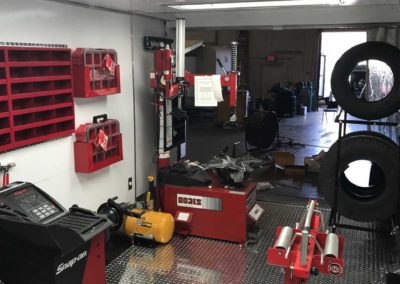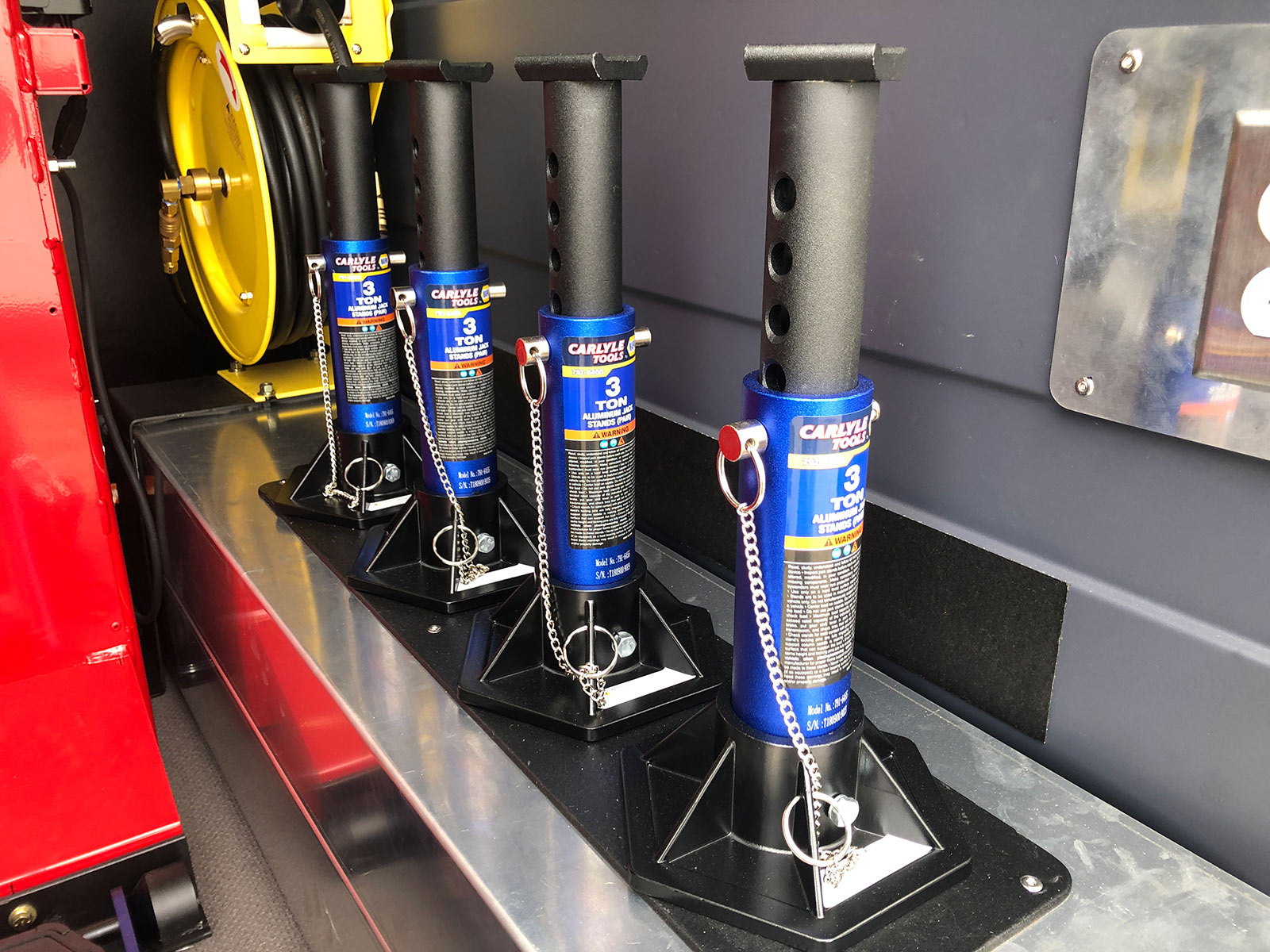Emergency Mobile Tire Service Available in Las Vegas
Emergency Mobile Tire Service Available in Las Vegas
Blog Article
Tire Solution: Proven Approaches for Optimal Tire Maintenance and Care
From making certain proper tire stress to regular turning and alignment, there are tested techniques that can dramatically prolong the life-span of your tires and enhance overall driving experience. Let's dive into the globe of tire service and uncover the keys to keeping your tires in first-class form for the lengthy haul - Mobile Tire Service Las Vegas.
Relevance of Tire Pressure
Proper tire pressure is a vital consider making certain optimal automobile performance and security when traveling. Maintaining the advised tire pressure degrees provided by the manufacturer offers countless benefits. Appropriate tire stress promotes better gas performance, as under-inflated tires can lead to boosted rolling resistance, creating the engine to work more challenging and consume more gas. Correct tire pressure guarantees also walk wear, improving tire longevity and saving money in the lengthy run by postponing the need for early replacements. In addition, properly inflated tires add to enhanced handling and braking abilities, crucial for secure driving in numerous roadway problems. Over-inflated tires, on the various other hand, can cause reduced traction and a harsher adventure. On the other hand, under-inflated tires are susceptible to overheating, which can lead to accidents and blowouts. On a regular basis adjusting and examining tire pressure, particularly in the past lengthy trips, is a straightforward yet efficient method to boost automobile performance, expand tire lifespan, and prioritize safety and security when driving.
Tire Rotation Standards
When considering tire turning standards, it is essential to recognize the relevance of this maintenance job in maximizing tire life expectancy and preserving ideal automobile performance. Tire turning involves altering the placement of each tire on a vehicle to guarantee also step wear. Front tires tend to wear extra promptly than rear tires due to guiding forces, making routine turning crucial for balanced wear patterns.

Benefits of Wheel Positioning
Ensuring correct wheel alignment after tire turning is vital for preserving balanced wear patterns and maximizing lorry performance. Wheel placement describes the adjustment of the angles of the wheels to the manufacturer's requirements. Among the vital benefits of wheel alignment is enhanced steering and handling action. When the wheels are correctly aligned, it reduces steering effort, making certain a smoother and extra regulated driving experience. Additionally, right wheel positioning aids to extend the life-span of your tires. Misaligned wheels can cause irregular tire wear, leading to premature tire replacement and increased maintenance prices.

Tire Footstep Depth Inspect
Executing a regular assessment of tire walk deepness is essential for keeping secure driving problems and prolonging the life expectancy of your tires. The tread on your tires plays a critical role in offering grip, especially in slippery or damp problems. To check your tire tread deepness, you can utilize a walk depth scale or the dime test. The recommended step deepness goes to least 2/32 Web Site of an inch. It is time to change your tires to ensure optimum efficiency and safety on the roadway if the walk deepness is below this threshold. Irregular tread wear can show problems with tire pressure, positioning, or suspension, highlighting the value of routine tread depth checks. Disregarding to check and preserve appropriate tread deepness can result in decreased grip, longer stopping ranges, and an enhanced risk of hydroplaning. By including tire step depth explore your regular maintenance schedule, you can drive with self-confidence recognizing that your tires are in top problem.
Seasonal Tire Inspection
Seasonal tire assessment is a basic aspect of tire maintenance that ensures tires are ready to face the difficulties positioned by various climate problems. In prep work for wintertime, it is necessary to inspect the tire stress regularly as cold temperatures can create tire pressure to go down. By performing routine seasonal tire assessments, drivers can prolong tire lifespan, boost gas effectiveness, and most significantly, guarantee a safe driving experience in varying weather problems.
Final Thought
Finally, keeping proper tire pressure, revolving tires regularly, straightening wheels appropriately, monitoring walk depth, and conducting seasonal assessments are vital practices for optimum tire care. By complying with these verified techniques, drivers can ensure their tires last much longer, perform far better, and add to total car safety and security. It is very important to focus on tire maintenance to stop mishaps, improve gas performance, and lengthen the life-span of tires.
Ample tire pressure advertises much better fuel efficiency, as under-inflated tires can lead to raised rolling resistance, causing the engine to function more difficult and eat even more fuel.When taking into consideration tire rotation guidelines, it is important to recognize the significance of this upkeep task in making the most of tire life expectancy and maintaining optimum automobile performance. Seasonal tire assessment is a basic aspect of tire upkeep that makes sure look at these guys tires are all set to deal with the obstacles postured by various weather problems. By conducting regular seasonal tire assessments, drivers can lengthen tire life expectancy, boost fuel effectiveness, and most importantly, guarantee a secure driving experience in varying weather problems.
In conclusion, keeping correct tire pressure, turning tires routinely, lining up wheels correctly, checking tread deepness, and page conducting seasonal inspections are crucial practices for optimal tire treatment.
Report this page